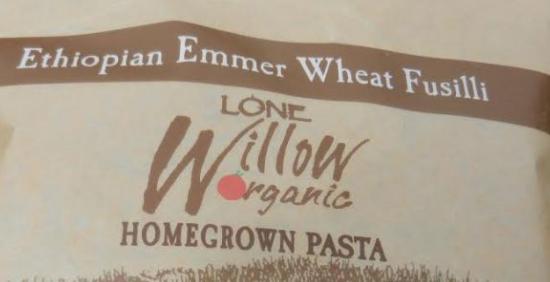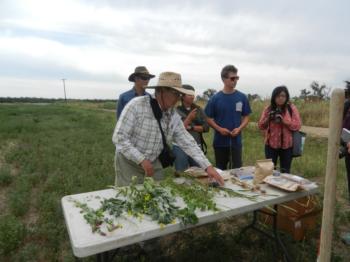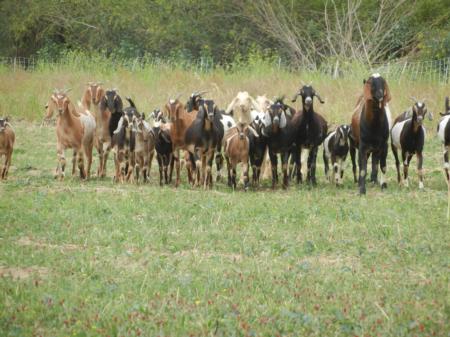John Teixeira - Lone Willow Ranch
Lone Willow Ranch
John Teixeira farms 90 acres of land bordering the San Joaquin River in Firebaugh, California. The land has been certified organic since 1991. One field also carries biodynamic certification, which will soon extend to the entire farm. The farm has evolved from producing organic cotton, heirloom tomatoes, and basil in the early years, to now focusing on producing pastured pigs, goats, and chickens in rotation with livestock feed, including alfalfa and corn. It also produces ancient grains for commercial sale, including Ethiopian emmer, kamut (an old wheat relative), and Sonora wheat, as well as dry beans, sunflower seed, melons, and honey. In some years the farm also produces salsa from ingredients all grown on the farm, including tomatoes, onions, and garlic. His livestock are direct-marketed to butchers and other buyers in the Bay Area and at local farmers markets, where their excellent flavor and quality have received high praise. His ancient grains are made into pasta and other products.

Generating Usable Nitrogen On-Farm
John’s farming philosophy is “to use what is here.” His goal is to become close to 100% self-sufficient in nutrient management, to eliminate the need for external inputs. In fact, biodynamic certification requires that at least 50% of livestock feed must come from the farm, and fertility for crop production must also come from on-farm resources to the fullest extent possible.

On his alfalfa fields, John adds ¾ to 1 ton of compost per acre after every 1-2 cuttings, and he aims for getting 6-7 cuttings per season (for a total of 2-3 tons compost per acre per year). Then the goats are put on the fields for winter grazing. He has also applied gypsum, 0-0-50 sulfate of potash. Biodynamic methods also involve the use of specific preparations, such as fermented cow manure and mineral preparations that are used as field sprays and compost inoculants intended to stimulate microorganism populations and plant growth.
Animals Do the Farm Work

John’s efforts to integrate his livestock with crop production has paid off not only in reducing tillage needs, but also in reaching his goal or reducing external inputs. He reports that he has not had to purchase any livestock feed in many years, except for some seaweed and pearl shell products to meet some mineral needs of the animals. This is particularly advantageous for organic systems, because he has found that the high cost of purchasing certified organic feed is a substantial challenge for many organic livestock producers.
"Failures" an Important Path to Improvement
John notes that “research is happening every day” on the farm, and that careful observation is important to devising new and effective farming strategies. However, capturing all the insights from those observations can sometimes be difficult, and John admits that “we’ve had a lot of failures”. However, those failures have taught him to hone his system in a unique way that both meets the challenges and takes advantage of the particular opportunities offered by his specific piece of land and location. Devising new farming systems takes ingenuity, an adventuresome spirit, and courage – all qualities which John has put to good use in developing his innovative farming system at Lone Willow Ranch.
